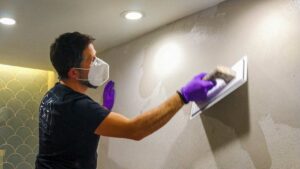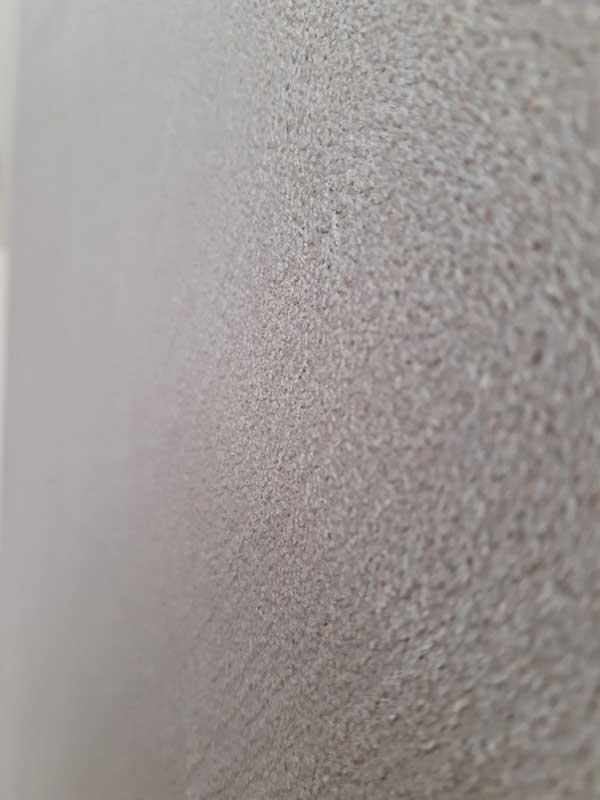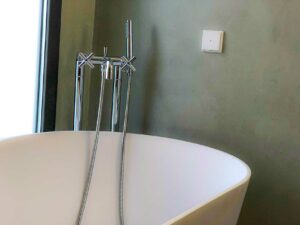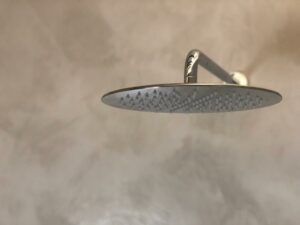
Surface Treatment for applying Microcement
Preparation of the Substrate for the Microcement Types of Substrates to Apply Microcement MICROCEMENT SUBSTRATE – One of the great advantages that microcement has compared
MICROCEMENT TEXTURES – It is common for many microcement manufacturers to have many trade names for microcement variations:
In reality, in most cases it is only the same microcement but with an aggregate of different diameter. Manufacturers present it as different products, although in reality they are practically the same but with aggregate of different granulometry.
The concrete finish presented by various manufacturers would correspond to our ONEROCK M, with a slightly rough texture that reduces the water produced in the finest micro-cements. This microcement usually has an aggregate granulometry of 0.2 microns. ONEROCK M uses a specially selected quartz aggregate to provide the necessary hardness for a soil.

The microcement that is normally used as a final finish is the one that has the finest quartz particles, and that provides the softest touch. It is our ONEROCK S, and the granulometry of the aggregate is less than 1 micron.
This microcement can be used on both walls and floors, always accompanied by any other microcement from the ONEROCK family. The reason is that by using such fine particles, the resulting layer is of a minimum thickness and could not absorb irregularities of the supporting surface.
On the other hand, the result, thanks to the thin layer, is a very fine and silky finish, also helping to clean the surface.
Products that other manufacturers call Rustic, Nature or Stone, are variations on the same basis. Maintaining the same formulation of resins, very different finishes are achieved by changing the aggregate.
With an aggregate of more than 0.8 microns, a very rough-looking finish is achieved. Our ONEROCK XL uses quartz particles that, thanks to this granulometry, make it a very resistant product and at the same time easily malleable to achieve texture. It is very suitable for exterior surfaces where it is sought to reduce slipperiness.
ONEROCK L uses a 0.6 micron aggregate, being the most indicated to cover it with ONEROCK S in the case of wanting to achieve a fine and highly resistant finish. Its finish is slightly less rough than the XL, so it could also be used for exteriors and for walls looking for a more rustic finish.
To learn more about our ONEROCK microcement, visit our Lunik website.

Preparation of the Substrate for the Microcement Types of Substrates to Apply Microcement MICROCEMENT SUBSTRATE – One of the great advantages that microcement has compared

Microcement and Plasterboard Plasterboard and Microcement: Great Result PLASTERBOARD AND MICROCEMENT – Plasterboard, a widely used material in construction, has gained popularity in recent decades

Microcement and Moisture Humidity and Microcement: Ensuring a Perfect Application MOISTURE AND MICROCEMENT – Humidity is one of the primary challenges when applying microcement. While